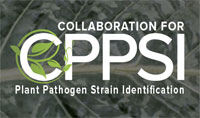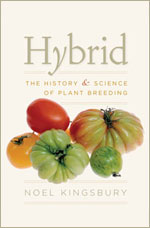To know what growers are thinking, you have to hear what they’re saying. From Tennessee to Missouri and several places in between, BASF followed the story of Engenia herbicide across the country, learning how America’s growers used dicamba to make a difference on their operations last year.
As the year wound down, so did off-target calls. *With a 50 percent decrease in calls to BASF, treated acres increased significantly, ranking Engenia as the No. 1 selling dicamba for dicamba-tolerant (DT) crops for the second year in a row. With proven performance in fields with heavy weed pressure, control of broadleaf weeds and control of PPO- and glyphosate-resistant weeds, growers were eager to share their experiences with the technology.
John Riedinger is a first-generation corn and soybean farmer who operates in Bolckow, Missouri. Reflecting on the growing seasons of years past, he noted one of the biggest changes he’s faced: weeds.
“You know, six or seven years ago, I didn’t really have a game plan. I just went and sprayed glyphosate. But with the resistance to glyphosate, I have to have a plan,” Riedinger said. Recently, Riedinger made the decision to adopt dicamba-tolerant technology for his operation.
“This is the first year I’ve gone completely dicamba-tolerant soybeans. I mainly did that for a better burndown using Engenia herbicide, and it was a wonderful burndown this year, including cost-effective,” he said.
Looking ahead to 2019, growers can expect to see similar changes in the accompanying training and application updates based on changes to the dicamba label. A full list of changes to the Engenia label can be found here.
Having access to dicamba products in the future means using the product responsibly now, by reading the label, following instructions, receiving training and never illegally applying after cutoff dates.
Doug Roth, a corn and soybean grower in Harrisonville, Missouri, stressed the importance of training.
“They had really good information, test equipment and displays to illustrate things like what boom pressure does to droplet size, and a lot more,” Roth said. “It was really important training for our guys here on the farm who do the applying. With that training we had confidence, and in our fields where we tried the product, we had pretty good results.”
“After watching and listening this year, and in light of some of the additional timing restrictions, I think Missouri’s going to have a more successful year with the technology,” Roth said.
By understanding the chemistry and having thorough details on application best practices, growers can tap the right resources to help them successfully overcome weed resistance issues through proper stewardship practices.
To learn more about dicamba stewardship best practices, please visit EngeniaStewardship.com.
Engenia is a U.S. EPA Restricted Use Pesticide.
Please check with your state pesticide regulatory authority as additional requirements may be imposed by state regulatory agencies.
Always read and follow label directions.
Engenia is a registered trademark of BASF.
*Data approved for external use in response to question: How does 2018 compare to 2017? Customer satisfaction survey (source: 1Stratus Soybean Post Broad Spectrum Herbicides Survey 2EZTrak, August 2018)
.jpg/_jcr_content/renditions/cq5dam.web.16-9.12.jpg)










